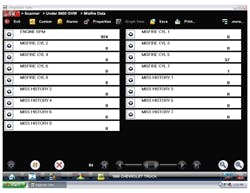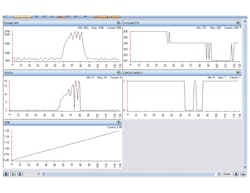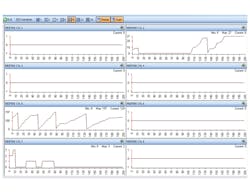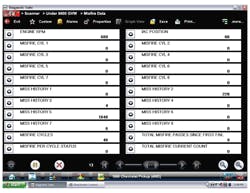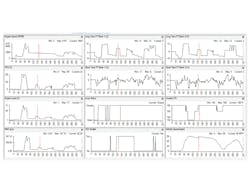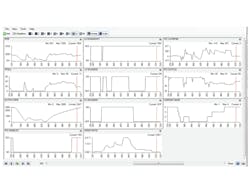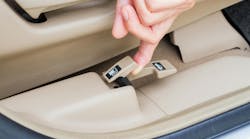I always get a kick watching the workers at a fast food burger joint put their food together. I don’t think the words “cooking or preparing” are terms that should be used with this process. I refer to it as “food by the numbers” where the people working can take a few different pieces of food, put them together in a certain order which will come up with something that looks and tastes like a sandwich, or something we have been led to believe is a sandwich. At times, I feel like the automotive technician of today is expected to work and perform in this same manner. Diagnostics by the numbers will work at times, but when the diagnostics by the numbers doesn’t work, it is a must that a logical diagnostic process be followed.
To help explain this analysis process a little easier, there is a 1999 Chevrolet K1500 Suburban sitting out in the parking lot. The vehicle is powered with the trusty 5.7 Vin R small block engine, has the power running through a 4L60 automatic transmission and is showing 188,000 miles on the odometer. The transmission had been rebuilt about 12,000 miles ago. The vehicle owner had taken the vehicle back to the transmission shop to have a transmission shifting complaint analyzed. The transmission shop did all they could do and determined the transmission did not shift properly into fourth gear and the torque converter clutch would not lock.
I went out to the vehicle with the ignition keys, a scan tool and a note pad. The scan tool was used to access any diagnostic trouble codes stored, and the only code I found stored was a DTC P1345 (CMP/CKP correlation). With the engine running, I noticed the idle was not smooth and the distributor offset data showed a value of -25 degrees. Engine data was captured for about seven minutes with the engine operated at several different engine speeds. The scan tool data shows the engine did not go into closed loop. Looking at the engine coolant temperature data found one reason for the open loop condition - the engine coolant temperature was reporting around 60 degrees engine coolant temperature. Closed loop strategy on this vehicle needs to see the engine coolant temperature somewhere above 130 degrees for closed loop operation. Without closed loop operation, the torque converter clutch will not go to its lockup state. Hey, this is getting easy, but wait, I think a little more testing needs to be done before the vehicle is brought into the shop.
With a new engine coolant temperature sensor installed, the engine coolant temperature data showed correct on the scan tool and the engine went to closed loop a few seconds after startup. The distributor was also removed and installed properly and the distributor offset adjusted to zero degrees. Now its time to get on the road and see what the misfire counters will do. By watching the fuel trim data and misfire counters, the technician can do a pretty good job of determining the cause of the misfire and where the next step of the problem analysis will take them.
In this case, the misfire problem was fixed with a set of new spark plug wires and by setting the distributor to its correct position. The engine coolant temperature sensor has fixed the engine temperature problem, so the engine is now running in closed loop. With these conditions met, the transmission now shifts properly and by using the scan tool to log both the engine data and the transmission data, I can verify this problem is fixed. The scan data shows the transmission shifting nice and crisp, the torque converter clutch locking nice and smooth and the torque converter clutch not slipping when the engine is put under load. By using both the seat of the pants and the scan tool to verify the repair, I know this vehicle will not be back with this transmission shifting complaint.


